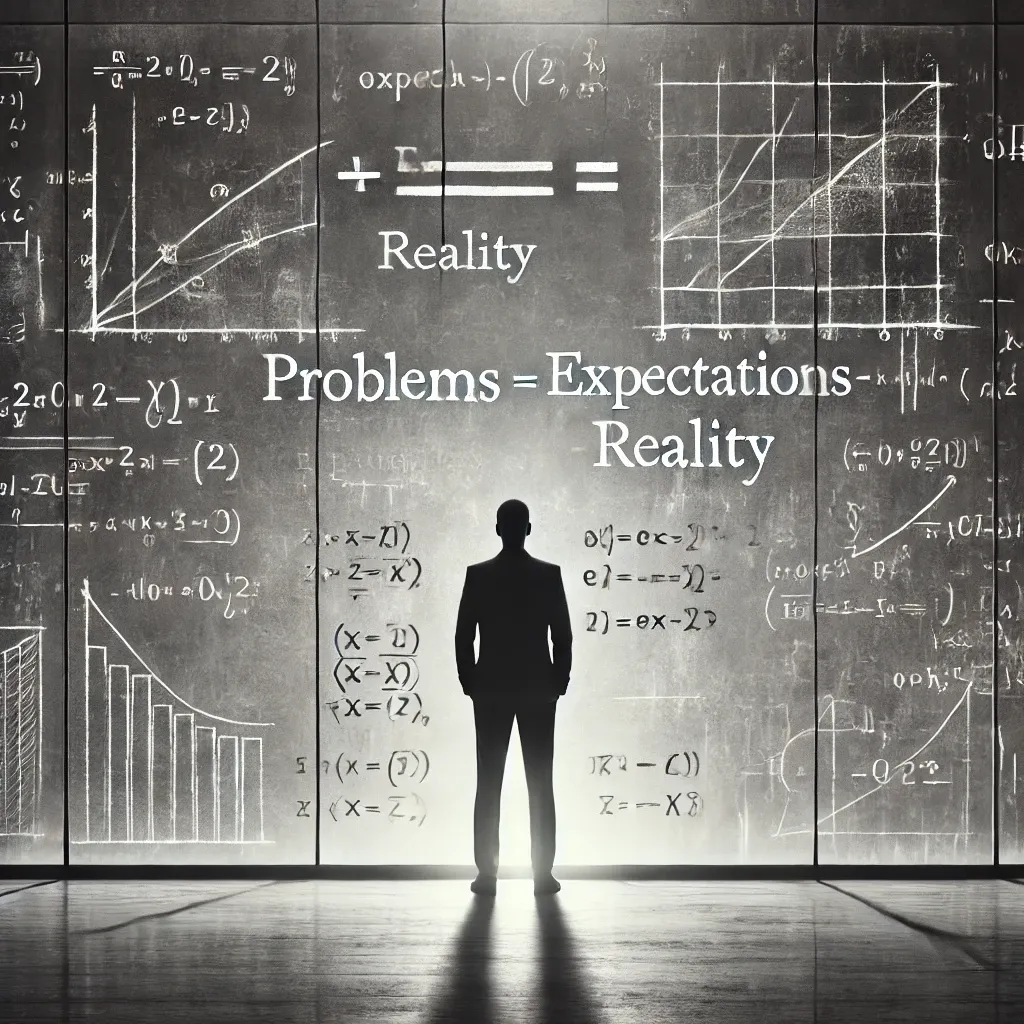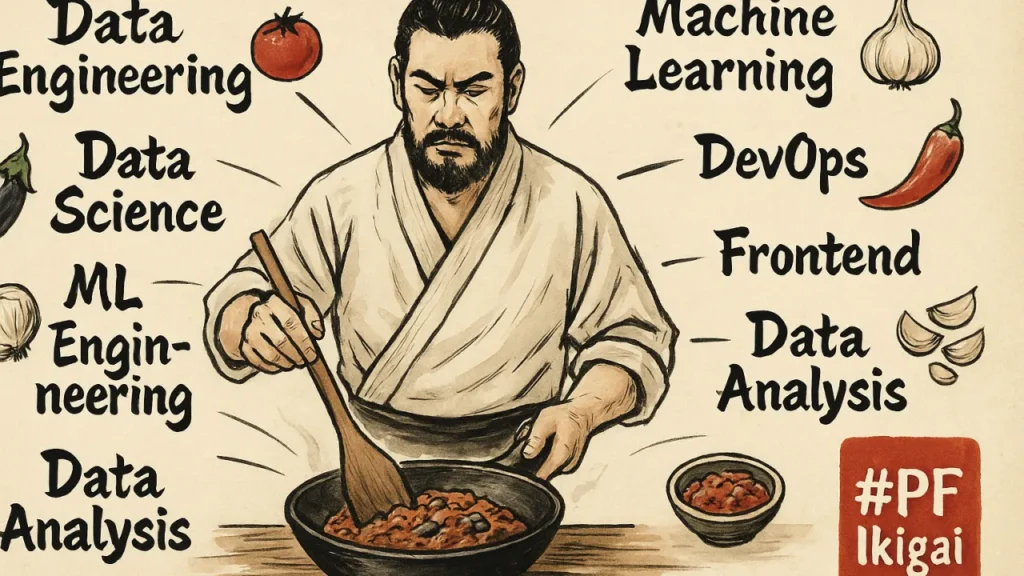Tech Writers at PF
Developing Proactive Strategic Muscle in Executive Suite
If I look back my journey in executive decision making, the ability to execute swiftly and efficiently—commonly referred to as “execution agility”—is often championed as the hallmark of a successful organization. However, recent industry research highlights a critical oversight: while execution agility is vital, it is strategic agility that serves as the true multiplier in driving exponential growth.
The Case for Strategic Agility
Studies from leading research institutions, including McKinsey & Company and Harvard Business Review, consistently show that companies with high strategic agility outperform their peers by significant margins. For instance, McKinsey’s analysis indicates that organizations with robust strategic agility practices are 1.5 times more likely to achieve top-quartile financial performance compared to those focusing solely on execution agility.
Strategic agility involves not just responding to changes but anticipating and shaping them, allowing companies to navigate uncertainty with foresight and adaptability. This proactive approach to decision-making ensures that organizations are not just keeping pace but leading the charge into new opportunities and markets.
Self-Critical Thinking in the C-Suite
Despite the clear advantages of strategic agility, many C-level executives find themselves entrenched in an execution-centric mindset. This often stems from a deeply ingrained focus on team performance metrics and short-term deliverables, overshadowing the broader strategic vision. The lack of self-critical thinking within executive leadership can result in missed opportunities and suboptimal decision-making processes.
Executives must recognize that the ability to critique and refine their own strategic approaches is just as important as evaluating team performance. Embracing a mindset of continuous improvement and strategic foresight is crucial for steering the organization towards sustained growth and resilience.
Introducing the Proactive Decision Matrix
To bridge the gap between current practices and the need for enhanced strategic agility, we introduce the Proactive Decision Matrix. This decision-making framework helps leaders measure the timing of decisions relative to their intended future impact, akin to the principles used in autonomous driving algorithms.
Proactive Decision Matrix:
- Early Detection: Identify potential strategic opportunities and threats early. This parallels the sensors in autonomous vehicles that detect objects from a distance, providing ample time to respond.
- Timely Decision-Making: Make decisions well in advance of the anticipated impact. Just as an autonomous vehicle adjusts its path to avoid an obstacle, executives must steer the organization proactively.
- Future Impact Assessment: Evaluate the potential long-term outcomes of decisions. This involves simulating various scenarios to understand the far-reaching consequences, much like how driving algorithms predict and adapt to changing conditions.
- Continuous Monitoring: Maintain an ongoing assessment of the decision’s effectiveness and adjust as necessary. This is similar to the feedback loops in autonomous systems that continuously optimize performance.
Scientific Insights from Autonomous Driving
Autonomous driving algorithms rely on advanced decision-making processes, such as predictive modeling and real-time data analysis, to ensure safety and efficiency. These algorithms prioritize early detection and swift, calculated responses to dynamic environments—principles that can be seamlessly applied to strategic business decisions.
By adopting a similar approach, executives can enhance their strategic agility, making informed decisions that position their organizations for long-term success. This involves leveraging data analytics, scenario planning, and continuous feedback to refine strategies and adapt to emerging trends.
Conclusion
In conclusion, while execution agility remains an important facet of organizational success, it is strategic agility that ultimately drives exponential growth and resilience. C-level executives must cultivate a mindset of self-critical thinking and proactive decision-making to navigate the complexities of today’s business environment effectively.
The Proactive Decision Matrix offers a structured approach to enhancing strategic agility, drawing on insights from autonomous driving algorithms to ensure timely and impactful decision-making. By embracing this framework, leaders can position their organizations to not only survive but thrive in an increasingly competitive and uncertain world.
As we steer our organizations towards the future, let us remember the wisdom of Peter Drucker: “The best way to predict the future is to create it.” Through strategic agility and proactive decision-making, we can shape our destinies and achieve unparalleled success.








